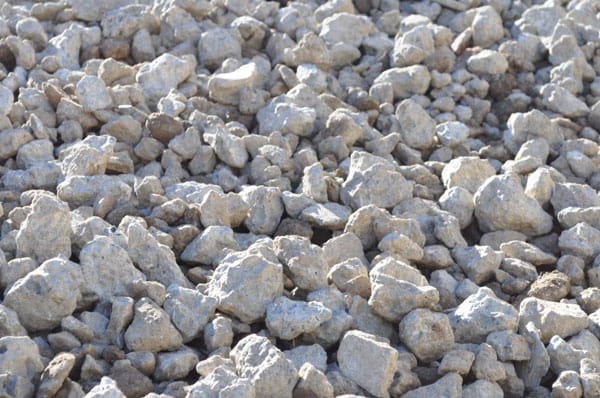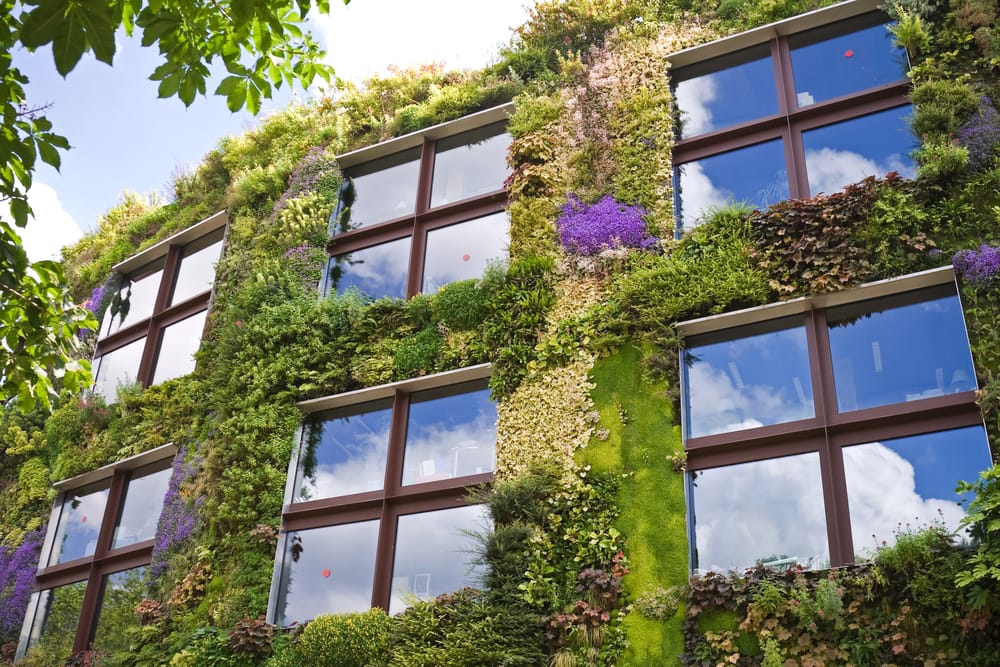How is sustainable construction shaping the industry?
It’s no secret. Construction is a huge contributor to carbon emissions and resource consumption. The building and construction sector is comfortably the largest emitter of greenhouse gases, accounting for 37% of global emissions (UNEP, 2023).
The production and use of common building materials like steel and cement comes with a substantial carbon footprint of its own. That’s before you even factor in on-site processes and intended use of the facilities being built.
With growing populations, alongside increasing demand for infrastructure on an industrial scale, finding green solutions is no small challenge. As the industry faces growing cost pressure and concerns about the environmental impact of development, sustainability remains top of mind.
So, what is sustainable construction? And what emerging practices are shaping the future of the industry?
Contents:
How can construction projects be more sustainable?
What are the best sustainable building materials to use?
How can construction projects be more sustainable?
Construction projects can seek sustainable outcomes in a number of ways. This includes which materials are used (and how they’re sourced), equipment selection, integrating smart technologies to boost construction efficiency, waste reduction, as well as green design features incorporated into the plans themselves – for example, lighting that runs on renewable energy sourced onsite (e.g. solar panels), or the inclusion of ‘green walls’.
Carbon offsetting has also become prevalent in recent years, but there’s growing scrutiny around its legitimacy and efficacy. Therefore, any green practices that can be implemented directly on site tend to be preferred.
What is ‘green building?’
According to Green Building Council Australia, something qualifies as green building if it:
- has design, construction and operational practices that significantly reduce or eliminate its negative impact on the environment and its occupants.
- promotes efficiency – it can reduce construction and ongoing performance costs significantly.
- uses resources effectively and creates healthier environments for people to live and work in.
In short, green building refers to projects that “meet the needs of the present without compromising the future.”
What are the best sustainable building materials to use?
Sustainable construction materials can be acquired from naturally occurring sources, farmed or manufactured from replaceable sources (e.g. dedicated timber forests).
Of course, some sustainable materials aren’t always suitable or cost-effective for certain projects. Recycled material that might be used in a boutique house-build due to the budget of the owner and smaller scale of the project, may not make sense for larger infrastructure projects with more stakeholders involved.
Recycled aggregate concrete
Recycled aggregate concrete (RAC) is existing material re-used for new structures. RAC is reclaimed from granular rock, brick, gravel or concrete from demolished buildings which is then processed into a new form.
Aggregates are versatile, allowing it to be used for various concrete, asphalt, or drainage applications. Not just limited to concrete, any materials that are reclaimed and repurposed are a tick for sustainability.

Carbon-negative materials
You often hear about going ‘carbon neutral’. Going one step further is the concept of ‘carbon-negativity’. Beyond producing net zero emissions, carbon-negative materials actively reduce the amount of CO2 in the surrounding atmosphere.
Recently, a type of concrete has been developed that actually captures and stores carbon during its lifecycle – similar to how trees perform the same function.
Carbon-negative materials are a great concept. Their development acknowledges that the current state of the environment doesn’t just need maintenance, it needs repair. Rather than simply aiming to ‘do no harm’, they aim to actively do good.
Green walls
Green walls are an eye-catching design feature where plants are actively grown on the exterior of a building. While it may appear as a primarily aesthetic choice, they also serve a practical cooling function.
Green walls and roofs can greatly improve the thermal performance of a building, reducing the potential energy (and costs) required for air conditioning. Other benefits include improved air quality and less reflected heat in heavily urbanised areas, which is why they’ve become a popular inclusion for new developments.

Timber
Bit of a contentious one. In many ways, timber might be considered the original renewable. Unfortunately, Australian timber resources still aren’t harvested nearly as sustainably as they should be.
There’s ongoing tension between industry-driven forestry initiatives and many environmental groups. Most native Australian timber resources are Responsible Wood (formerly ‘AFS’) certified. But environmental NGOs maintain that native Australian timber shouldn’t be harvested at all, with local Forest Stewardship Council® (FSC®) certified plantation softwoods the suggested alternative.
Government Policies, Legislation & Regulations
In terms of Australian regulations, there are several baseline standards that developers and builders must adhere to regarding sustainability.
What are the green building standards in Australia?
The Department of Climate Change, Energy, the Environment and Water lists the main programs to adhere to building energy standards, including:
- Australian Building Codes Board (ABCB)
- Building Code Calculator
- Commercial Building Disclosure (CBD)
- Energy Efficiency in Government Operations (EEGO)
- National Australian Built Environment Rating System (NABERS)
- National Construction Code (NCC)
- Nationwide House Energy Rating Scheme (NatHERS)
- Trajectory for Low Energy Buildings
- YourHome
It remains a fairly convoluted network of regulations and incentives that span all levels of government in Australia. Specific construction rules and incentives differ from region to region.
Learn more about each of these sustainable building programs here.
Green Star & the Green Building Council of Australia
Another certification framework is Green Star. Founded by Green Building Council of Australia in 2003, it describes itself as “an internationally recognised rating system setting the standard for healthy, resilient, positive buildings and places.”
Green Star certification aims to:
- Reduce the impact of climate change
- Enhance the health and quality of life of Australians
- Restore and protect biodiversity and ecosystems
- Drive resilience in buildings, fitouts, and communities
- Encourage market transformation and a sustainable economy
Summary
There’s still a lot of work to be done to create a construction industry that’s truly sustainable. Even when the technology exists to incorporate green solutions, regulations tend to always be playing catch-up to commercial interests.
Speaking of which, greenwashing remains an obstacle as governments and business owners rush to board the sustainability bandwagon. Spin and selective reporting is rife in the sustainability space. Leadership and alignment between stakeholders is important – while catering to commercial, regulatory, and environmental aims – for the industry to be able to move the dial in any meaningful way.
To source the most efficient equipment for your next job, get in touch with our team today.



